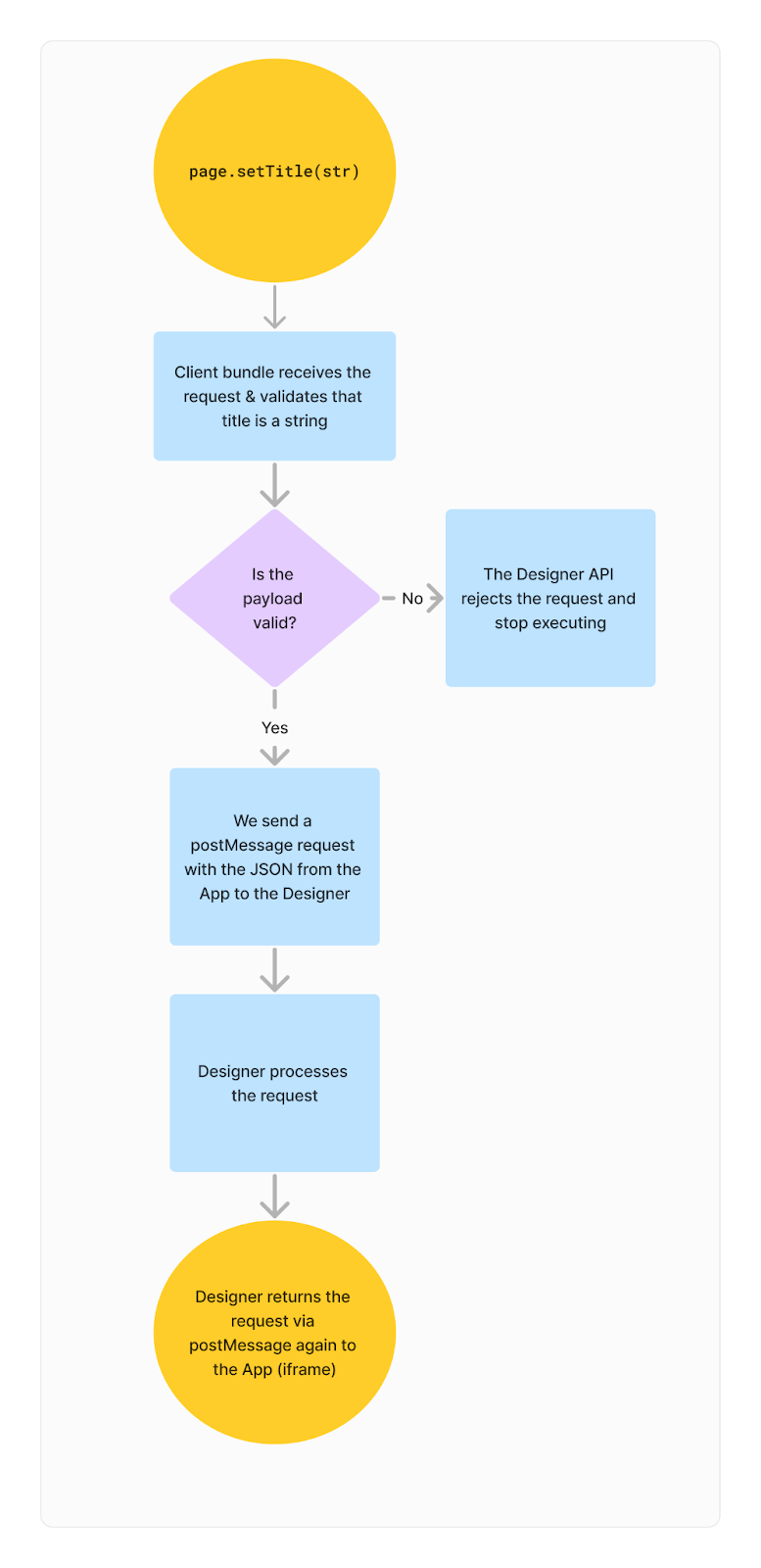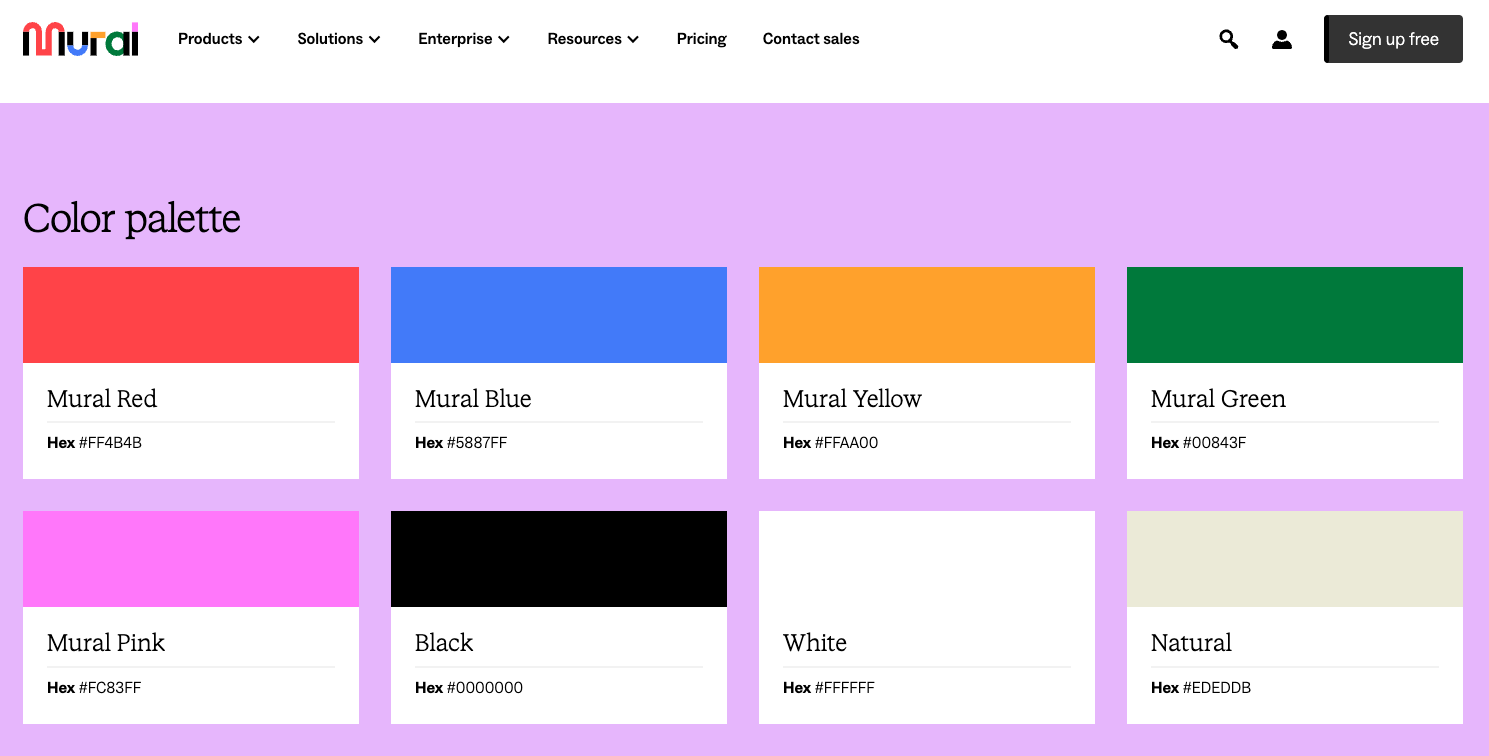Our view at Stack - Simplify web development with Webflow, reduce costs, and deliver professional results. No-code, responsive, and SEO-friendly. Explore your creative potential!
Encourage your biggest fans to speak up with referral marketing strategies.
You don’t need to work with external brand ambassadors — just turn your existing customers into product promoters. Inspiring that dedication is challenging, but referral marketing is a great way to start.
Referral programs incentivize customers to promote your product by creating a mutually beneficial arrangement that gives them a reason to refer friends and family.
Explore effective strategies for getting the most out of a referral program, plus examples of brands that got it right.
What’s referral marketing?
Referral marketing is a marketing strategy that encourages satisfied customers to recommend your products to others. When referrers do so successfully, you’ll typically offer some reward, like savings on their subscription or access to premium features.
A referral program is an optimal marketing method because the revenue you gain from an expanding customer base far outweighs the effort to encourage customers or the cost of referral rewards.
Some benefits of a strong referral program include:
- Increased customer loyalty. Customers who engage in referral programs are typically already among your most satisfied. Offering rewards for endorsements of your brand makes people feel valued and connected, encouraging deeper loyalty and repeat business.
- Expanded reach. Referrals are an easy way to spread positive word of mouth about your company. They increase brand awareness and grow your consumer base.
- Quality leads. People are more prone to trust products with credible reviews and verified testimonials. When satisfied buyers recommend your brand to potential customers with similar interests, those potential buyers are more likely to convert.
- Feedback loop. Monitoring your referring customers’ engagement in a program provides helpful insights about which products they promote frequently and successfully. This reveals where your consumer base derives the most value from your services.
How to get referrals: 10 effective referral marketing strategies
Launching a referral program takes a keen understanding of what your customers want and how to give it to them in a mutually beneficial way. The strategy is two-sided. If your customers succeed at getting referrals, you’ll continue to reward them. If not, you’ll change tactics until you find a successful program.
To fast-track that experimentation, try the following 10 referral marketing tips, which cover ways to:
- Advertise your referral program
- Make it easier for customers to boast about your services
- Directly incentivize people to do so
- Improve your overall referral marketing strategy
1. Leverage existing networks
Meet your customers where they’re at. LinkedIn, Facebook, and Instagram are popular social media platforms where your customers likely already share their opinions about products and services. Join these conversations when possible to advertise your referral program.
2. Create shareable content
Craft short-form content, like social posts and infographics, that followers on social media can share with friends and family. That way, referrers don’t have to create something themselves — you’ve just given them a useful asset to get the word out.
Your content doesn’t even have to advertise the referral program itself. Instead, you can focus on a popular feature that your existing customers rave about. Referrers can share that content to promote your company to their friends before referring them.
3. Partner with complementary businesses
Gaining word-of-mouth advertising is a primary goal for most companies, so other brands in adjacent industries are likely to partner with you for some affiliate marketing. For example, if you’re a software-as-a-service (SaaS) company offering search engine optimization (SEO) services, you might partner with a content creation agency and share a free “The Basics of SEO” infographic to customers who reach a referral goal. The marketing agency gets free advertising, and you get more referrals.
4. Offer double-sided referral incentives
It’s easy enough to incentivize an existing customer to refer others, but the person they’re referring needs an incentive, too. Offering double-sided referral programs gives potential customers a reason to sign up and makes the offer an easier sell for the referrer.
5. Follow up and express gratitude
Word-of-mouth advertising is the most crucial aspect of a successful referral program, and there are few better ways to get it than giving customers premium treatment. Reach out to them regularly to thank them for every referral.
6. Create referral contests or challenges
A little competition can inspire referrers to ramp up their efforts. To start a contest, find an incentive your customers want and create a challenge that promises referrers a chance to win it. You can share about the contest on your social media or through an email newsletter. Every referral gives them one entry in the contest. At the end, you’ll randomly select the winner in a raffle.
An important note about referral contests: Don’t give the reward to whomever gets the most referrals. The element of chance is essential. It ensures all referrers feel they have a shot at winning, so they’re less likely to get discouraged when someone with a larger network is competing.
7. Encourage employee referrals
Employees make excellent brand ambassadors, and a referral program incentivizes them to step into that role. Your staff are uniquely qualified to provide word-of-mouth advertising because their opinion about your company carries more weight. As employees consistently speak highly of the products they work on, your brand’s social currency will increase, and more people will develop a favorable opinion of your brand.
8. Track and analyze referral sources
Tracking performance helps you understand where your marketing works and where it falls short. Advertising analytics tools like those offered by HubSpot and Zoho can monitor which platforms yield the highest results so you can focus your efforts accordingly.
9. Engage with influencers and advocates
Influencers might provide more airtime for your service than your social marketing team has the capacity to reach, and an influencer’s audience already trusts them to give solid recommendations. Partner with advocates who can write their own script to promote your referral program (so they can speak directly to their audience), and you’ll likely notice a significant uptick in customer acquisition from their platform.
10. Survey your customers
The best way to discover what incentives your customers want is to ask them directly. Send out a thoughtfully designed survey that gives them options to vote for or a free space to suggest anything. You can use these suggestions immediately or save them for the future when you update your referral program with new incentives as it matures.
4 powerful referral marketing examples
The following four brands offered referral programs customers couldn’t resist. Use these examples to inspire your brand’s referral marketing program.
1. Dropbox

Dropbox’s referral program offers a double-sided incentive for customers. For every successful referral, both parties get extra storage in their Dropbox account. The program is tiered, so Basic users get 500 MB per referral, while Pro users gain 1 GB. This approach incentivizes customers not only to refer but also to upgrade their account for increased rewards.
2. Harry’s

When Harry’s launched their subscription service, they created a referral program that rewarded referrers simply for getting friends to sign up for the mailing list. The company offered tiered rewards, like shaving cream and razors, based on referral rates. That initial referral program helped kick off the company’s success.
3. Airbnb
Airbnb’s referral program isn’t currently active, but it was incredibly popular at its height. The company offered a double-sided incentive that gave referrers and referees credits to use toward reservations. For hosts, it offered a generous cash payout.
Airbnb used A/B testing to determine the best method for advertising the program, and they landed on messaging that expressed how successful referrals lead to more adventure in your life. As a result, referred friends and family felt they wanted to use the credits immediately.
4. Gousto

Gousto is a meal kit subscription service operating in the United Kingdom. In Gousto’s referral program, referees get a 60% discount on their first order and 30% off the following boxes they order in their first month. This strategy cleverly primes referees to make Gousto a part of their everyday lives by lowering the barrier to entry. Meanwhile, referrers get a credit to their account for future purchases, encouraging them to stay.
The right platform to market your business online
Referral programs are an excellent strategy for any business looking to gain relevance and popularity quickly. They take some work to set up, but Webflow is here to help.
Webflow offers the top-notch design features you need to set up and maintain referral programs, like customizable forms for surveying customers about ideal incentives and content management system (CMS) integrations to track referrals. Check out Webflow Apps to discover all the tools you need to implement a successful referral program.
If Webflow is of interest and you'd like more information, please do make contact or take a look in more detail here.
Credit: Original article published here.





























